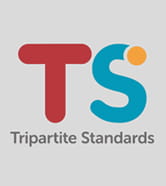Create Caregiving Leave Policies and Procedures
Your policies and procedures should:
- Offer up to 2 weeks of unpaid leave per year for the caring of immediate family members who are hospitalised, during or after hospitalisation.
- Offer up to 4 weeks of unpaid leave per year if their child is below the age of 2 and is born (a) before 37 weeks of pregnancy, or (b) with congenital conditions , or (c) as part of multiple births; or (d) has any medical conditions, subject to discussion with you.
- Allow employees to request for more leave if they require.
- Include the documentation of leave requests and responses.
- Notify employees on the outcomes of leave requests in a timely manner. If a request cannot be granted, you should engage employees on the reasons and where possible, discuss suitable alternatives.

